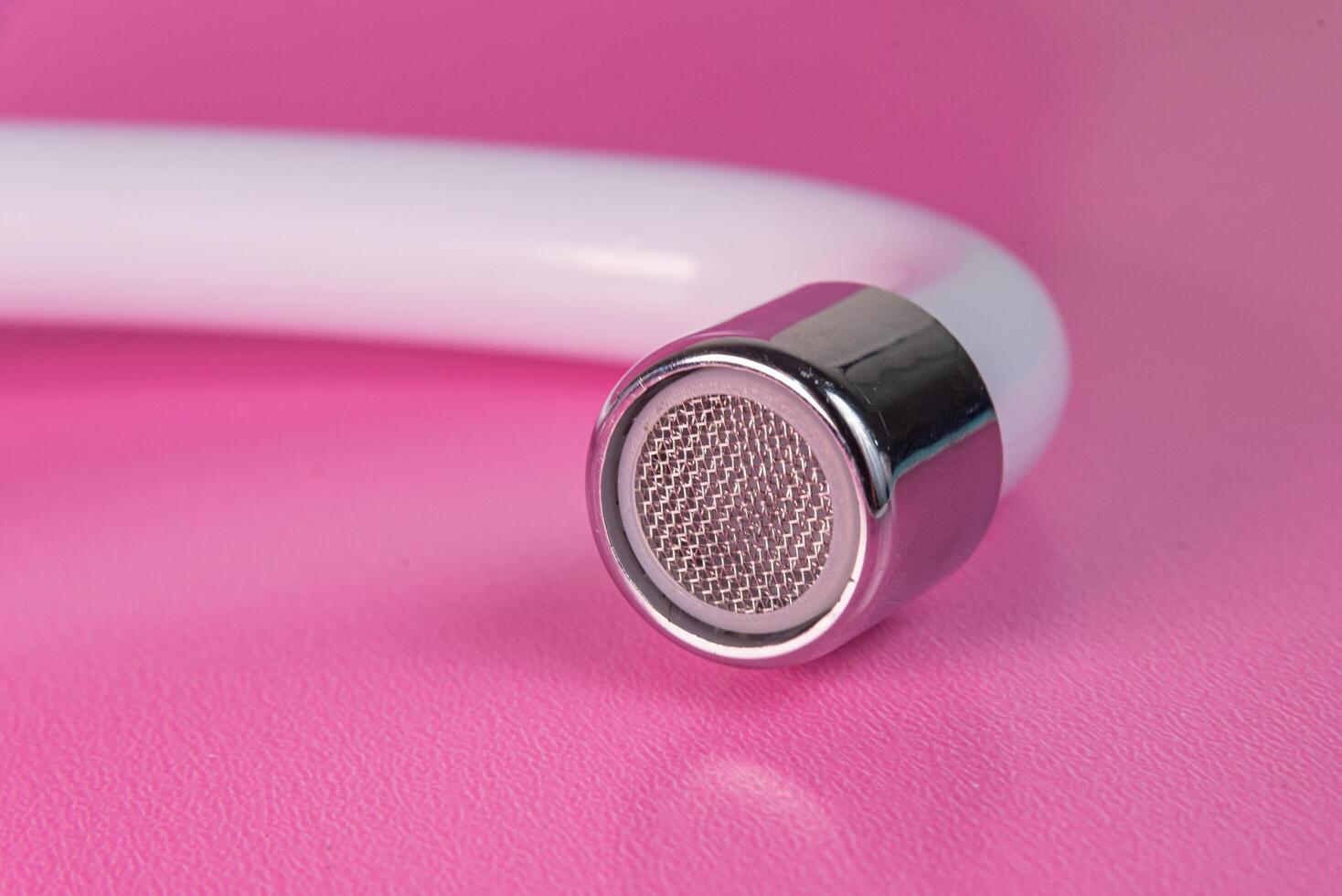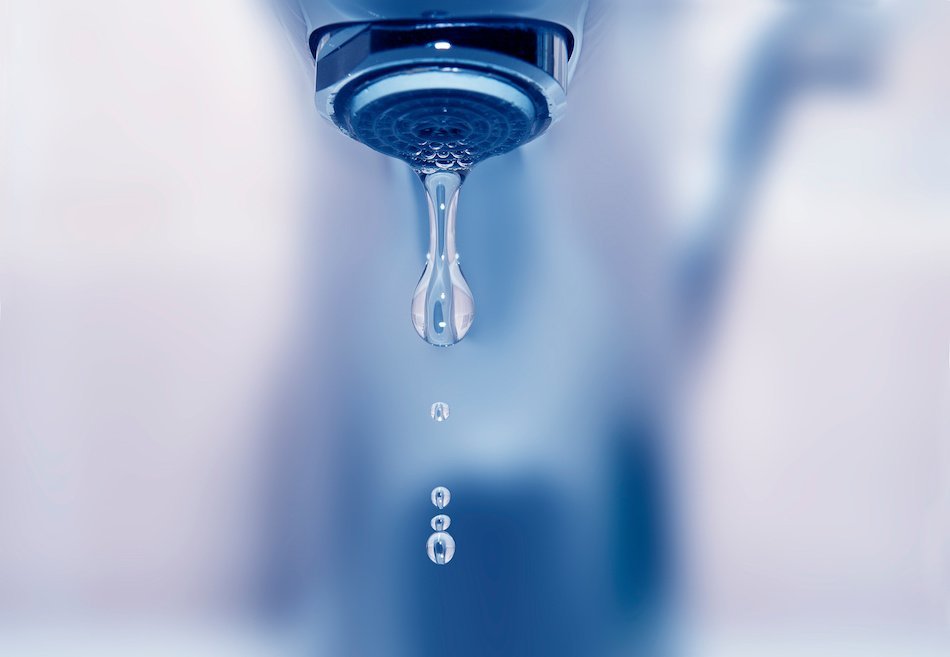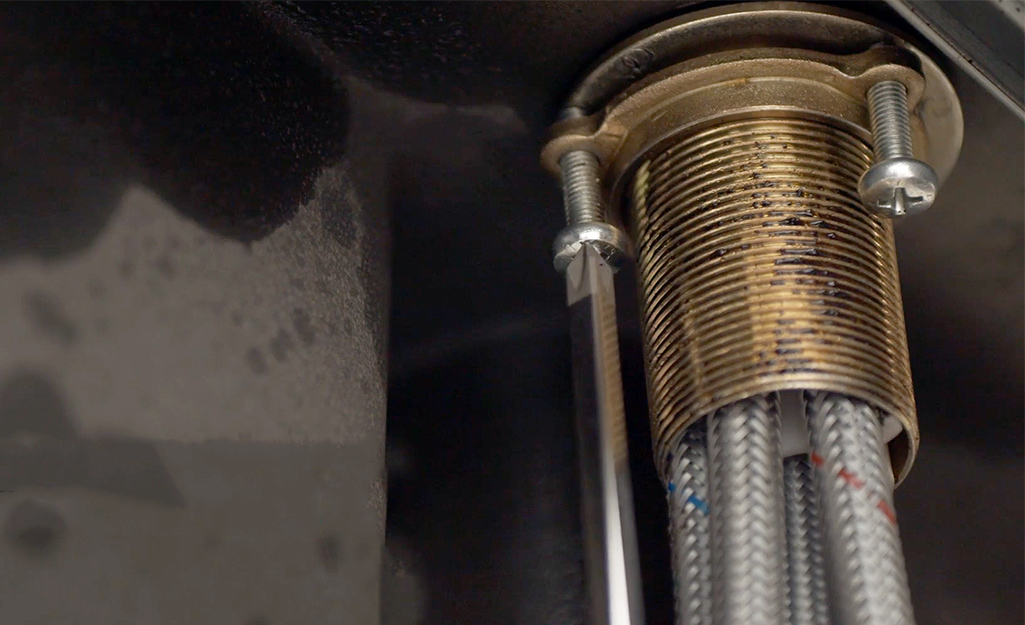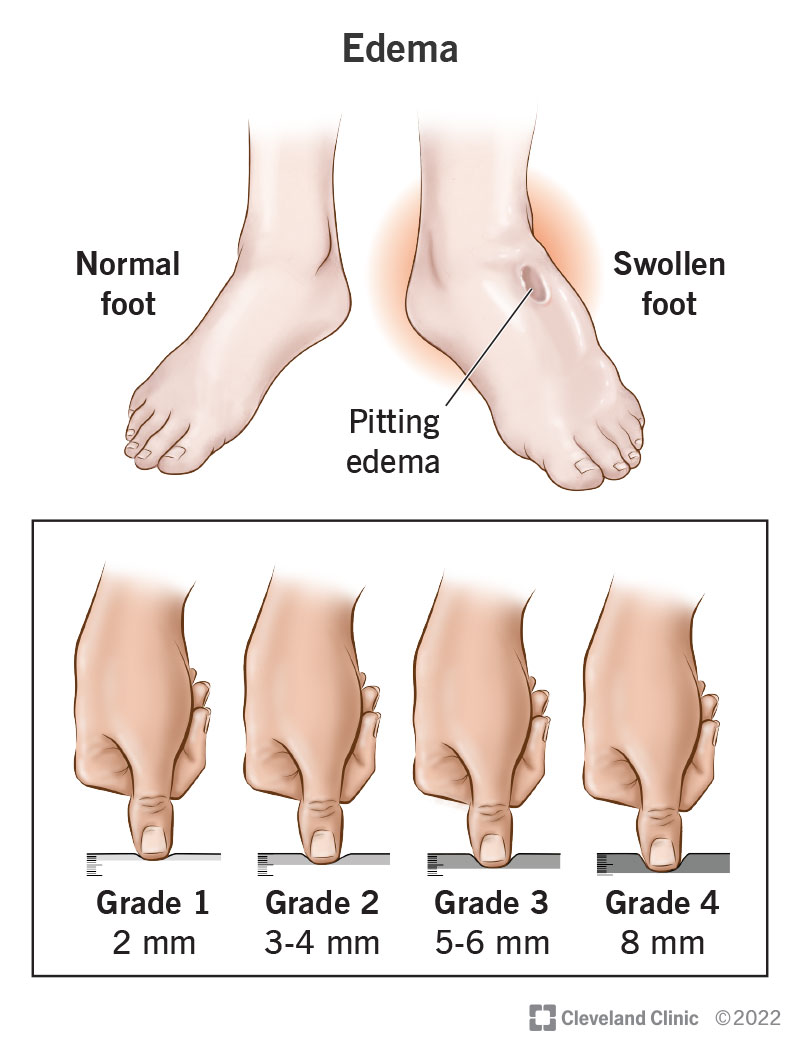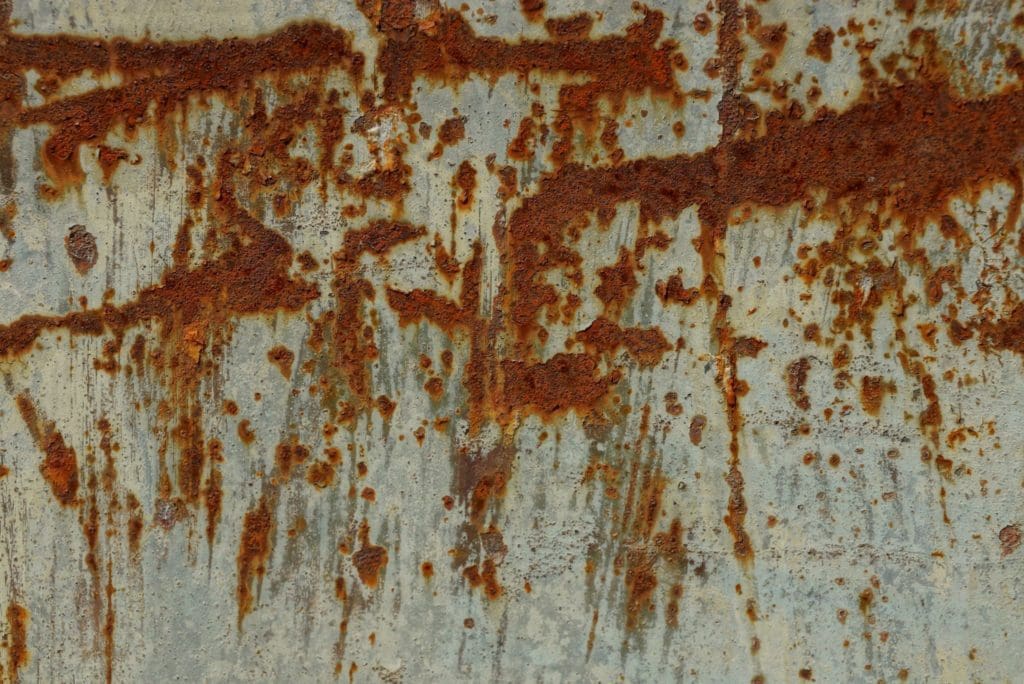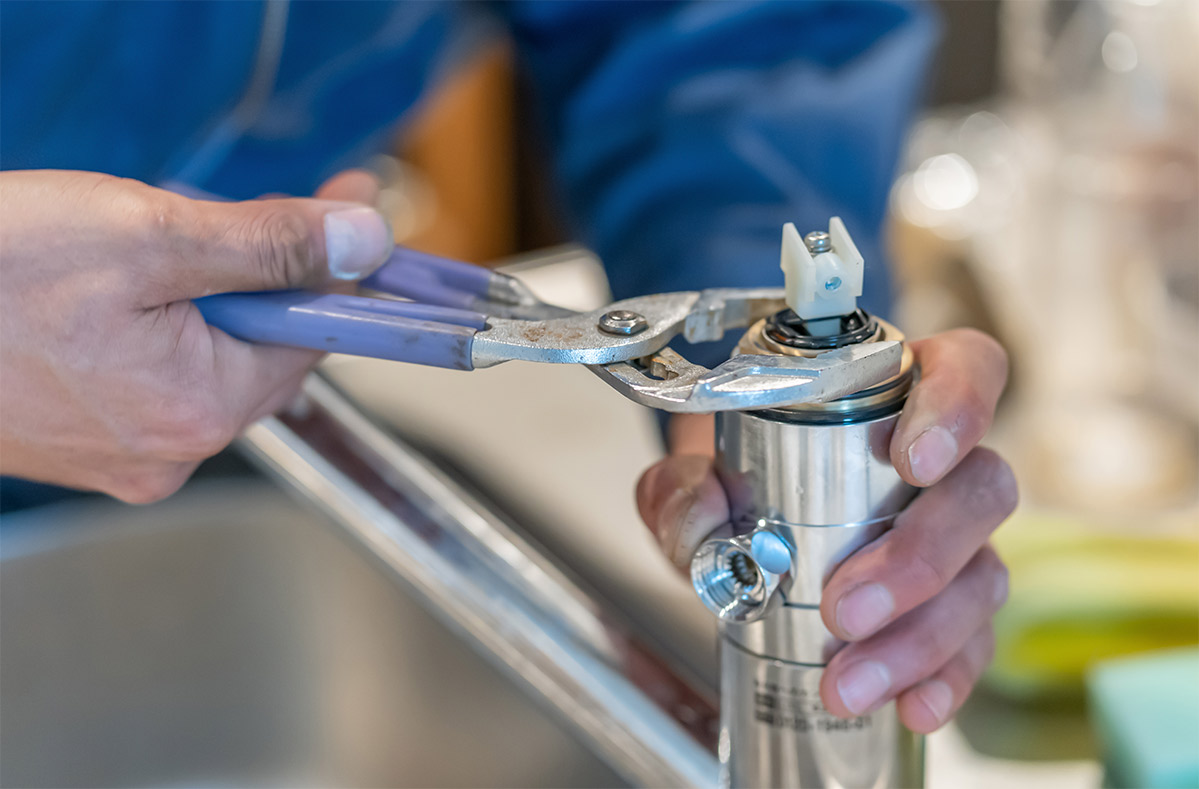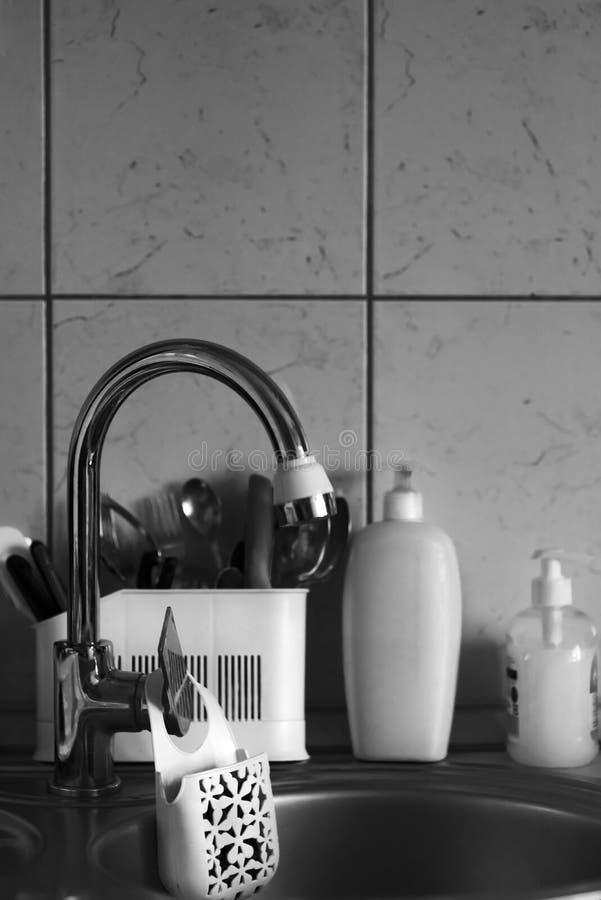How to Clean a Pitted Kitchen Sink Faucet
Pitting in a kitchen sink faucet can be an unsightly and frustrating issue. Not only does it affect the appearance of your sink, but it can also lead to corrosion and leaks if left untreated. But fear not, there are ways to clean and restore your pitted kitchen sink faucet to its former shine. Here are some tips and tricks to help you get rid of pitting and bring back the beauty of your faucet.
How to Remove Pitting from a Kitchen Sink Faucet
One of the most effective ways to remove pitting from a kitchen sink faucet is by using a mild abrasive cleaner. This can be a commercial product or a homemade solution made from baking soda and vinegar. Apply the cleaner onto the affected area and gently scrub with a soft sponge or cloth. Rinse thoroughly and dry the faucet with a clean towel. This method can help remove superficial pitting and restore the shine of your faucet.
Best Products for Removing Pitting from Kitchen Sink Faucets
If the pitting on your kitchen sink faucet is more severe, you may need to use a stronger product to remove it. Look for cleaners specifically designed for removing pitting and rust from metal surfaces. These products often contain oxalic acid, which can effectively dissolve and remove the damaged layers of your faucet. Be sure to follow the instructions carefully and wear protective gear when using these products.
DIY Solutions for Pitted Kitchen Sink Faucets
If you prefer a more natural approach, there are DIY solutions that can help remove pitting from your kitchen sink faucet. One option is to create a paste using equal parts of lemon juice and baking soda. Apply the paste onto the affected area and let it sit for a few minutes before scrubbing with a soft cloth. Rinse thoroughly and dry. Another option is to use a mixture of salt and vinegar. Apply the mixture onto the pitted areas and let it sit for a few hours before scrubbing and rinsing.
Preventing Pitting in Kitchen Sink Faucets
Prevention is always better than cure, and this also applies to pitting in kitchen sink faucets. One of the main causes of pitting is exposure to harsh chemicals and acidic substances. To prevent pitting, avoid using abrasive cleaners and be mindful of what you pour down your sink. You can also consider installing a water softener to reduce the mineral content in your water, which can contribute to pitting and corrosion.
Common Causes of Pitting in Kitchen Sink Faucets
Aside from exposure to harsh chemicals, there are other common causes of pitting in kitchen sink faucets. These include abrasive cleaning tools, such as steel wool or metal brushes, and constant exposure to water and moisture. If you have hard water, the minerals in it can also contribute to pitting and corrosion. It is important to identify the cause of the pitting and take steps to prevent it from happening in the future.
Professional Services for Repairing Pitted Kitchen Sink Faucets
If the pitting on your kitchen sink faucet is severe and cannot be removed through cleaning, you may need to seek professional help. There are services that specialize in repairing and restoring pitted metal surfaces, including kitchen sink faucets. These services may involve sanding, polishing, and applying protective coatings to prevent future pitting and corrosion.
How to Spot Pitting in Kitchen Sink Faucets
Pitting in kitchen sink faucets may not always be obvious, especially if it is in the early stages. However, there are some signs to look out for, such as small pits or holes on the surface of the faucet, discoloration, and rough patches. If you notice any of these signs, it is important to address the issue as soon as possible to prevent further damage.
Replacing a Pitted Kitchen Sink Faucet
In some cases, the pitting on a kitchen sink faucet may be too severe to repair, and the best solution is to replace it. If you are considering replacing your pitted faucet, be sure to choose a high-quality and durable option to avoid the same issue in the future. Additionally, proper maintenance and cleaning can also help prevent pitting and extend the lifespan of your new faucet.
How to Maintain a Pitted Kitchen Sink Faucet
After cleaning or repairing a pitted kitchen sink faucet, it is important to maintain it to prevent the issue from recurring. Regularly clean your faucet with a mild cleaner and a soft cloth, and avoid using abrasive tools or harsh chemicals. You can also apply a protective coating, such as wax, to help prevent pitting and keep your faucet looking shiny and new.
The Importance of Choosing the Right Kitchen Sink Faucet
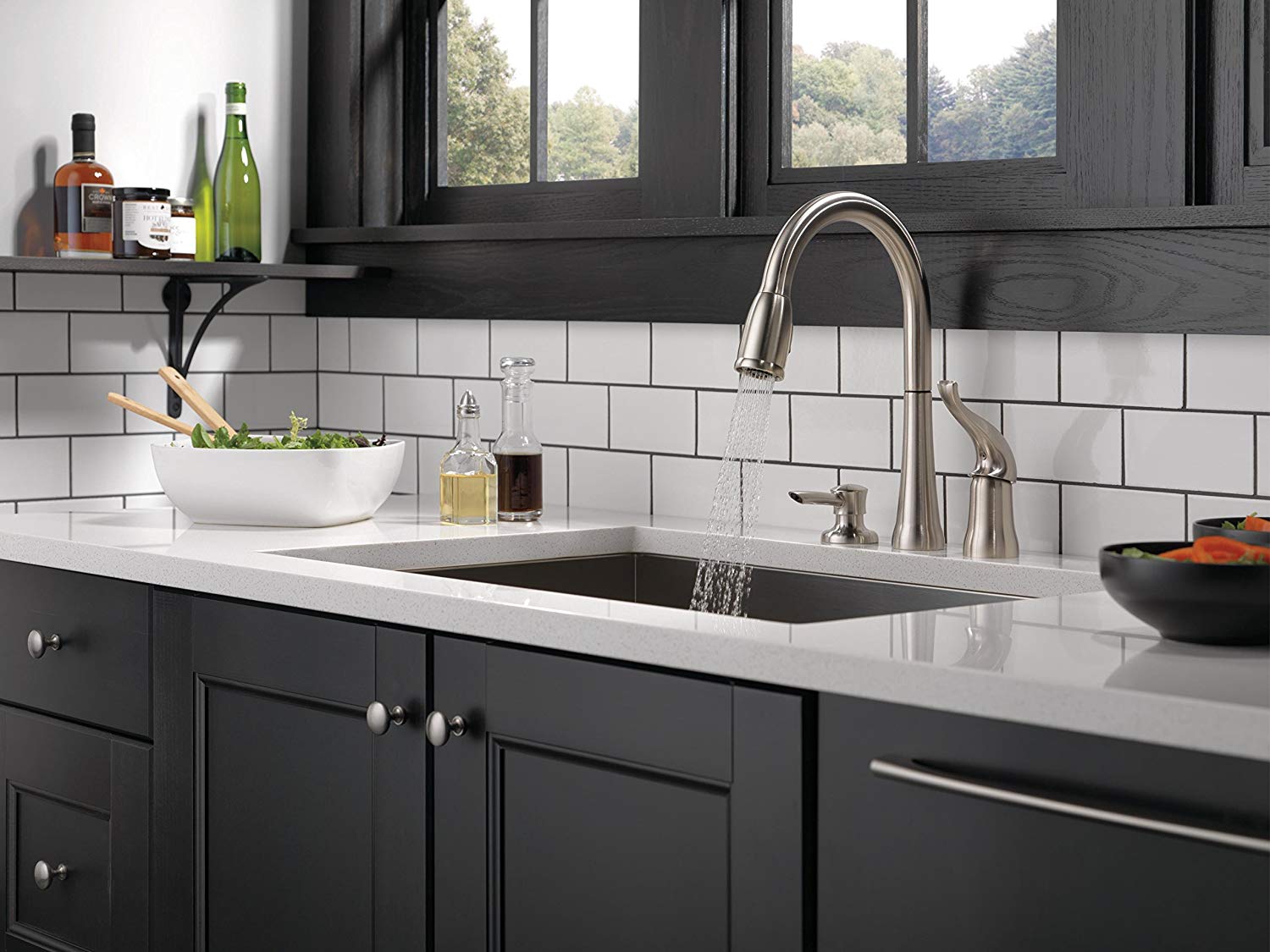
Choosing the Perfect Kitchen Sink Faucet for Your Home
 When it comes to designing your dream kitchen, every detail matters. From the color of the cabinets to the type of flooring, each element plays a crucial role in creating a functional and aesthetically pleasing space. One often overlooked aspect of kitchen design is the
kitchen sink faucet
. While it may seem like a small detail, the faucet is actually one of the most used fixtures in the kitchen and can greatly impact the overall look and functionality of the space.
When it comes to designing your dream kitchen, every detail matters. From the color of the cabinets to the type of flooring, each element plays a crucial role in creating a functional and aesthetically pleasing space. One often overlooked aspect of kitchen design is the
kitchen sink faucet
. While it may seem like a small detail, the faucet is actually one of the most used fixtures in the kitchen and can greatly impact the overall look and functionality of the space.
The Pitting Problem
 If you've noticed that your
kitchen sink faucet
is starting to look dull and worn out, it may be due to a common issue known as pitting. Pitting occurs when small pits or holes start to form on the surface of the faucet. This can happen due to a variety of reasons, such as hard water, chemicals in cleaning products, or even just regular wear and tear. Not only does pitting make your faucet look unappealing, but it can also lead to leaks and other plumbing issues if left untreated.
If you've noticed that your
kitchen sink faucet
is starting to look dull and worn out, it may be due to a common issue known as pitting. Pitting occurs when small pits or holes start to form on the surface of the faucet. This can happen due to a variety of reasons, such as hard water, chemicals in cleaning products, or even just regular wear and tear. Not only does pitting make your faucet look unappealing, but it can also lead to leaks and other plumbing issues if left untreated.
Choosing the Right Material
 One of the best ways to prevent pitting and ensure the longevity of your
kitchen sink faucet
is to choose the right material. While there are various materials available, one of the most durable and resistant to pitting is stainless steel. Not only is it easy to clean and maintain, but it also adds a sleek and modern look to any kitchen. Another great option is brass, which is known for its durability and resistance to corrosion.
One of the best ways to prevent pitting and ensure the longevity of your
kitchen sink faucet
is to choose the right material. While there are various materials available, one of the most durable and resistant to pitting is stainless steel. Not only is it easy to clean and maintain, but it also adds a sleek and modern look to any kitchen. Another great option is brass, which is known for its durability and resistance to corrosion.
The Importance of Proper Maintenance
 In addition to choosing the right material, proper maintenance is key in preventing pitting and keeping your
kitchen sink faucet
looking like new. Regularly cleaning your faucet with a mild soap and water can help remove any buildup and prevent pitting. Avoid using harsh chemicals or abrasive sponges, as these can cause damage to the surface of the faucet. It's also important to fix any leaks or other plumbing issues as soon as they arise to prevent further damage.
In addition to choosing the right material, proper maintenance is key in preventing pitting and keeping your
kitchen sink faucet
looking like new. Regularly cleaning your faucet with a mild soap and water can help remove any buildup and prevent pitting. Avoid using harsh chemicals or abrasive sponges, as these can cause damage to the surface of the faucet. It's also important to fix any leaks or other plumbing issues as soon as they arise to prevent further damage.
Final Thoughts
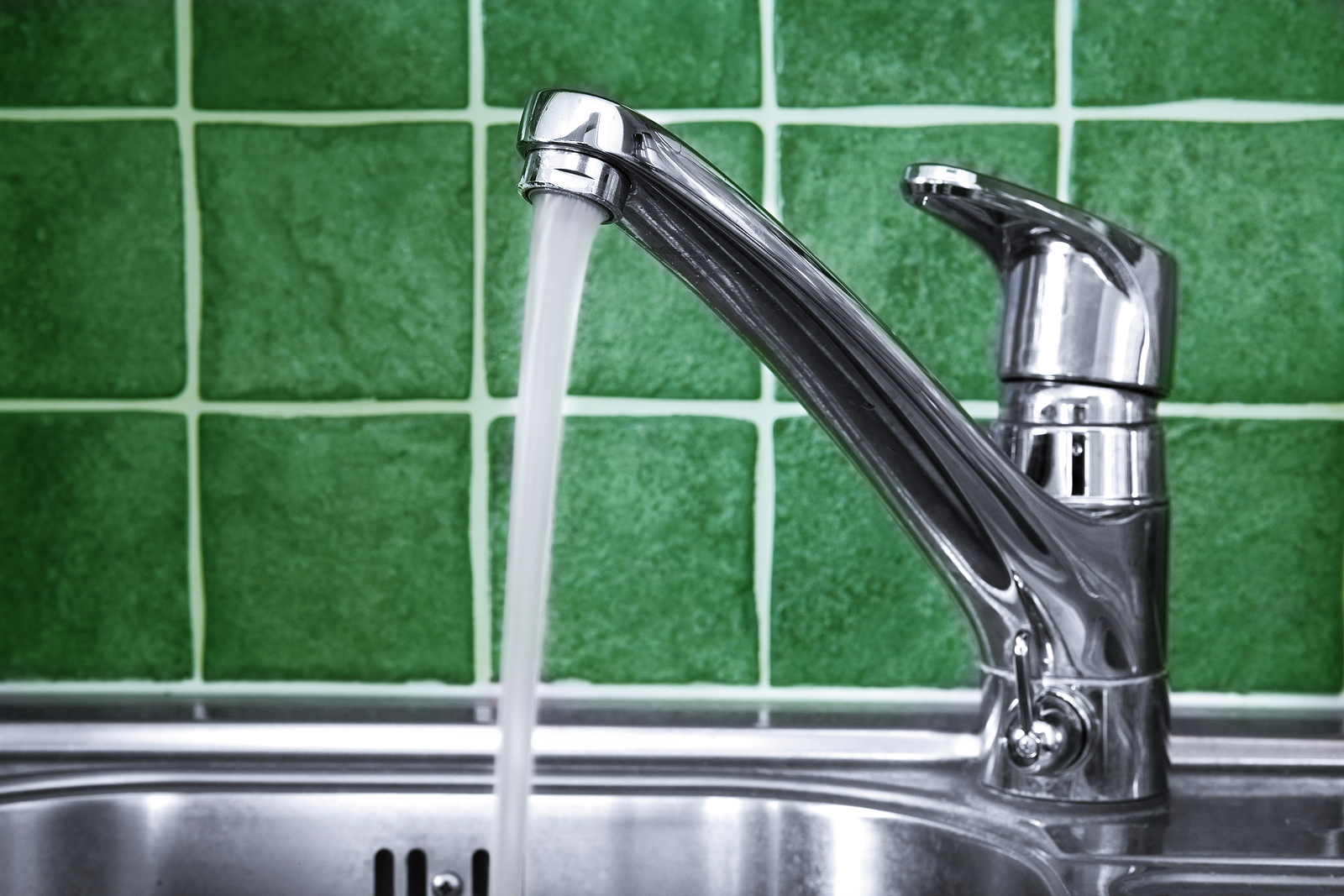 When it comes to designing your dream kitchen, don't overlook the importance of choosing the right
kitchen sink faucet
. By selecting a high-quality material and properly maintaining it, you can prevent pitting and keep your faucet looking and functioning its best for years to come. So next time you're in the market for a new faucet, be sure to keep these tips in mind and choose one that not only complements your kitchen design but also stands the test of time.
When it comes to designing your dream kitchen, don't overlook the importance of choosing the right
kitchen sink faucet
. By selecting a high-quality material and properly maintaining it, you can prevent pitting and keep your faucet looking and functioning its best for years to come. So next time you're in the market for a new faucet, be sure to keep these tips in mind and choose one that not only complements your kitchen design but also stands the test of time.






